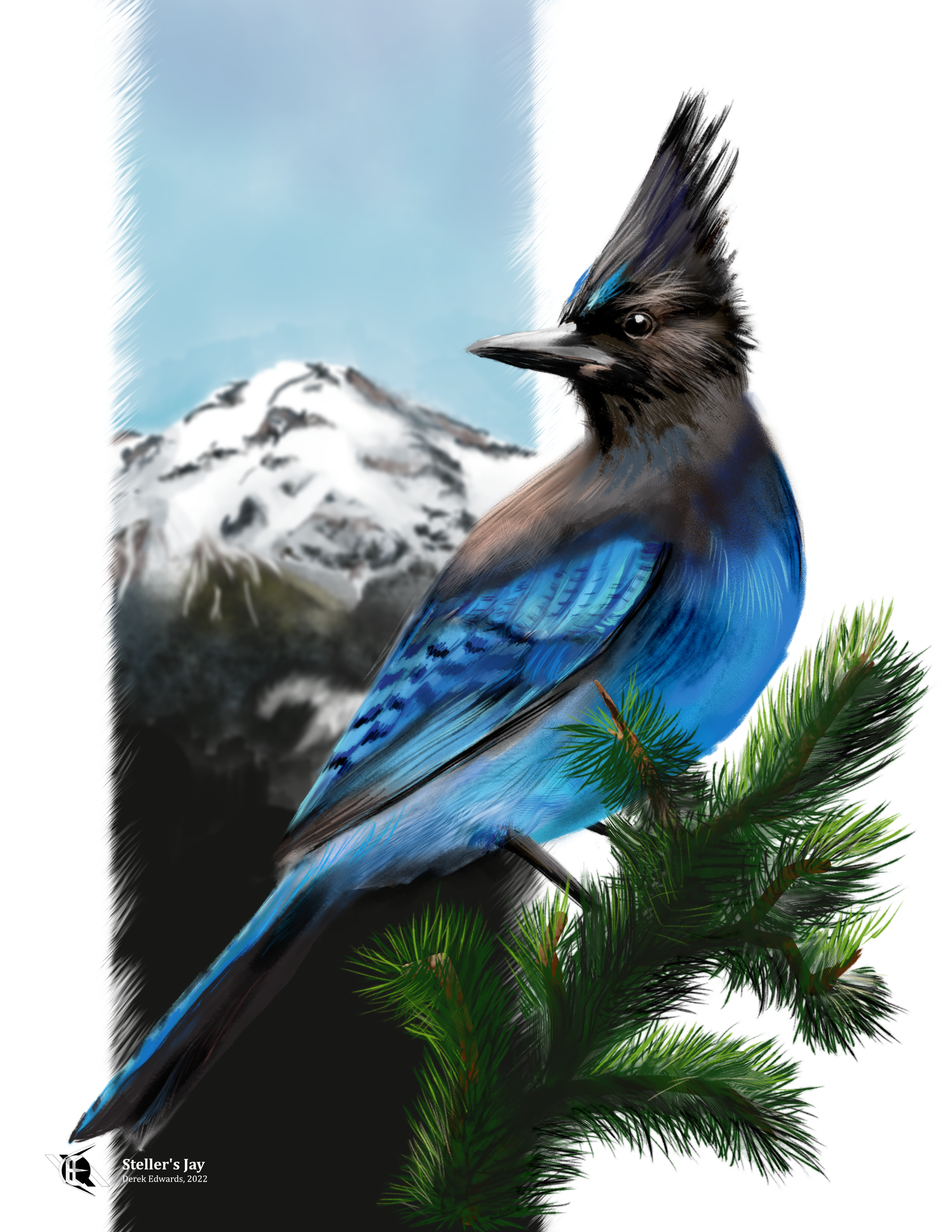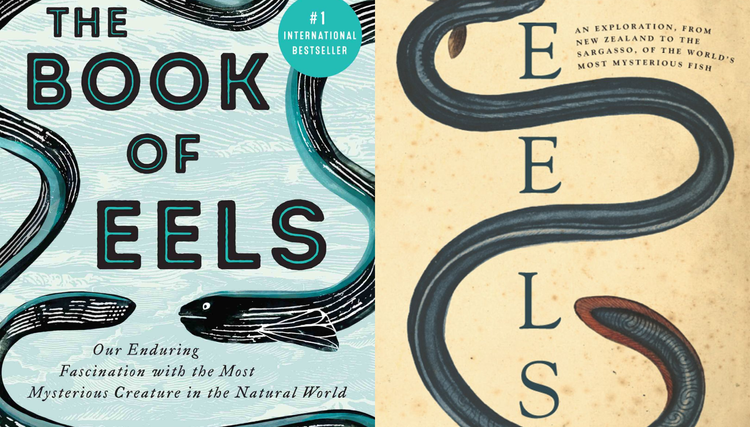
Running Commentary 6/20/2022
Hello,
Yesterday was Father's Day, but I was able to get most of this edition of RC written ahead of time, so I didn't have to take a week off for the holiday.
Anyway...
Watching...
Heading into the finale we have more action and some big reveals. Here are my notes:

- It was pointed out to me that the six episodes of this series seem to be paralleling the six Lucas films. @BlueMilkDiner on Twitter summarized that both episodes one are split between Tatooine and a planet full of greenery home to a young royal; both episodes two feature Obi-Wan acting as a detective, a neon-lit city planet, and Temuera Morrison as a clone trooper (I’d add the prominent role of bounty hunters to that list); both episodes three feature a fight between Obi-Wan and Vader ending with one of them catching on fire (also a scene of Vader getting his suit installed, and shots of Mustafar); both episodes four center around rescuing Leia from Imperial captivity in a secret stronghold (a rescue that goes implausibly smoothly, save for a single death, only for it to be revealed that the Empire let Leia escape, sending along a hidden tracker to lead them to a Rebel base.) And now both episodes five feature an Imperial attack on a Rebel base hidden in caverns, a reveal of the villain’s origins, and Vader winning a lightsaber duel. (I’ll add someone getting lured into a trap, someone working for Vader turning on him and helping his enemies escape, and Leia fixing something.) Some of these connections are probably just coincidences, but Star Wars loves referencing itself, so I’ll agree that some are deliberate. It seems both episodes six will feature a return to Tatooine. Might they both also feature an appearance by the ghost of the hero’s old master at the end?
- A lot of how Reva was going to work in this show depended on how well her much-teased origin would eventually pay off. Well, now it’s been revealed, and the payoff went well. As many Jedi survivors as we’ve seen over the years, I can’t think of any offhand that just went full Dark Side out of wanting revenge against the Empire. It’s an interesting idea, and a good counterpoint to Obi-Wan.
- One tip, though, for Reva, and for anyone wanting to stealthily kill someone with a lightsaber: point the hilt at their back, then turn it on, so the blade goes through them when it lights up. Don’t turn it on, then swing; igniting a lightsaber makes one of the most immediately recognizable sounds ever. Your target’s gonna hear it, they’re gonna know someone behind them lit a lightsaber, and they’re gonna have just that split-second to react.
- A lot of people called that Reva was the one youngling shown in the opening of the show. I didn’t pass that rumor along, because the whole argument seemed to be that there couldn’t be two black characters in the same show, even if one was just an extra. But I guess it’s not racist if it’s right.
- The Grand Inquisitor’s back. That’s not really a surprise; we knew he didn’t really die back in Part 2. Still, Rupert Friend had a good entrance.
- I’m still enjoying the show, but, in this episode especially, it’s really apparent that a lot of moments were originally meant to happen quicker and with a higher budget in the initially announced Kenobi movie.
Reading...

I didn’t actually read this book this past week; I read it a few years ago. But I wanted to recommend a nice over-the-summer book for you readers, and this is a book I’ve been recommending since I first read it. The Perfectionists is a history of precision engineering, which is a subject that, while interesting, holds a lot of potential to be dull to read about at book-length. In this case, however, author Simon Winchester writes with a real enthusiasm for the subject, and a very readable style honed in years of magazine writing. The book has ten chapters, each focusing on an increasingly more precise example of mechanical design, from the within-a-tenth-of-an-inch precision of James Wilkinson’s bored cannon barrels, in the late eighteenth century, all the way up to the modern-day with the Laser Interferometer Gravitational-Wave Observatory, which can measure the distance from Earth to Alpha Centauri to within the width of a hair. I would especially recommend Chapter 5, which focuses on two Henrys whose pursuit of precision shaped the automotive industry: Ford and Royce. There are lots of books out there promising to explain how some technology or another created the modern world. Some deliver on that promise; few deliver on simply being a good book. The Perfectionists delivers on both.

Bird of the Week
This week we’re off to the West Coast, which is practically a different continent than North America east of the Rockies, for all the birds that only live there. For instance, out west there are no blue jays; instead the Steller’s Jay reigns over the backyard feeder. The Steller’s jay is a bit larger than its eastern cousin, with a longer crest and an overall darker color scheme, which helps it blend into the coniferous forests it calls home. Its range extends throughout and west of the Rocky Mountains, from Alaska to Nicaragua. Their appearance varies regionally, with coastal birds being darker than interior birds, and southern birds having blue heads, where northern birds’ heads are a dark, near-black brown. At the far eastern margin of their range, they share territory with blue jays, and have been known to interbreed, producing blue-crested, white-throated hybrids.
Jays are the smallest and most colorful of the corvids, a family of birds also including crows, ravens, and magpies. The corvids are generally considered to be the smartest of all birds, with various species known to be able to craft simple tools, form episodic memories, and recognize themselves in mirrors. Steller’s jays are not the cleverest among corvids, but they have been observed mimicking the calls of raptors to scare smaller birds from food, and on at least one occasion to have fashioned a crude spear used to drive a larger bird from a feeder. Steller’s jays are not very afraid of people; outdoorsy types in the Pacific Northwest have given these jays the nickname “camp robber birds”, due to their habits of raiding cook-out provisions.
Steller’s jays were first described, and subsequently named for, the German naturalist Georg Wilhelm Stöller (often Russified “Steller”). Stöller served as ship’s naturalist on the St. Peter, under Capt. Vitus Bering, as part of Russia’s 1741 “Great Northern Expedition”, and was the first scientist to describe many animals in Kamchatka and Alaska, including, besides the Steller’s jay, Steller’s sea lion, Steller’s eider (a duck), Steller’s sea eagle, Steller’s sea otter, Steller’s sculpin (a fish), and Steller’s sea cow (a huge manatee-like creature that was hunted to death soon after). Bering’s ship came close to the Alaskan mainland, but never landed there. Stöller was able to guess how close they were to North America in part due to the presence of the jays, which he recognized as being at least a close cousin to the blue jays he had heard of inhabiting the continent. To science, the birds are Cyanocitta stelleri, literally meaning “Steller’s blue chatterer”.

Curation Links
The Riddle of the Mountain | Edmund Richardson, Inference
The discovery of the Rosetta Stone was the key to much of our modern understanding of the ancient Egyptians. The same speech, written in three languages, one (Greek) still understood, the other two (heiroglyphic and demotic Egyptian) now decipherable by comparison with the Greek text. Persia-deployed British army officer Henry Rawlinson saw the potential for the next Rosetta Stone in the Behistun Inscription, which recounted the reign of Darius I in three other ancient languages. The only trouble: the inscription was carved high on the side of a mountain.
My students cheated... A lot | Matt Crump
Written informally, in the style of a Twitter thread, almost, this is still an interesting look at what it takes to prevent cheating and plagiarism in the modern university.
A Frog So Small, It Could Not Frog | Katherine J. Wu, The Atlantic
A look at the pumpkin toadlet, a frog so small it cannot jump about as other frogs do. Its deficiency is not in its legs; much smaller insects are able to leap. Rather, its inner ear is too small to properly supply a sense of balance.
Sarcophagus | Ray Nayler, Clarkesworld Magazine
[FICTION] A finalist for the 2022 Sturgeon Prize.
“This series of logs, this record of failure, should be accessed by my backup previous to its escape-transmission to the relay station and Earth. Do not put me in a new blank here. Do not kill me here again.”
See the full archive of curations on Notion






Member Commentary